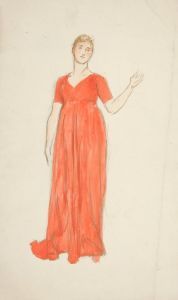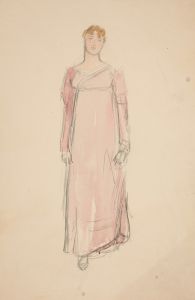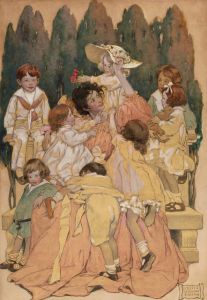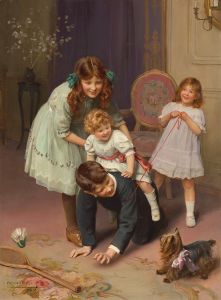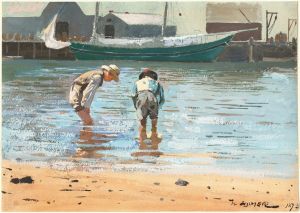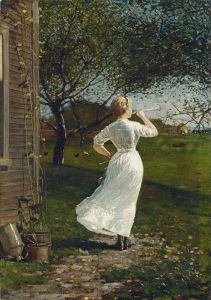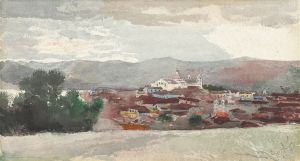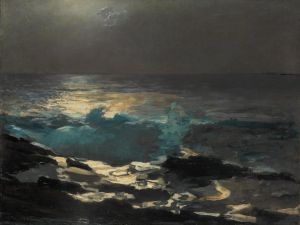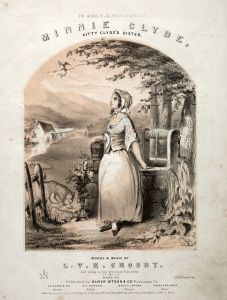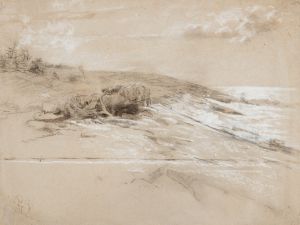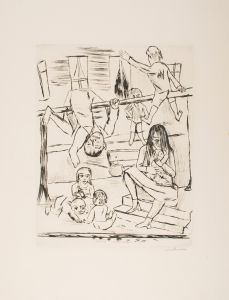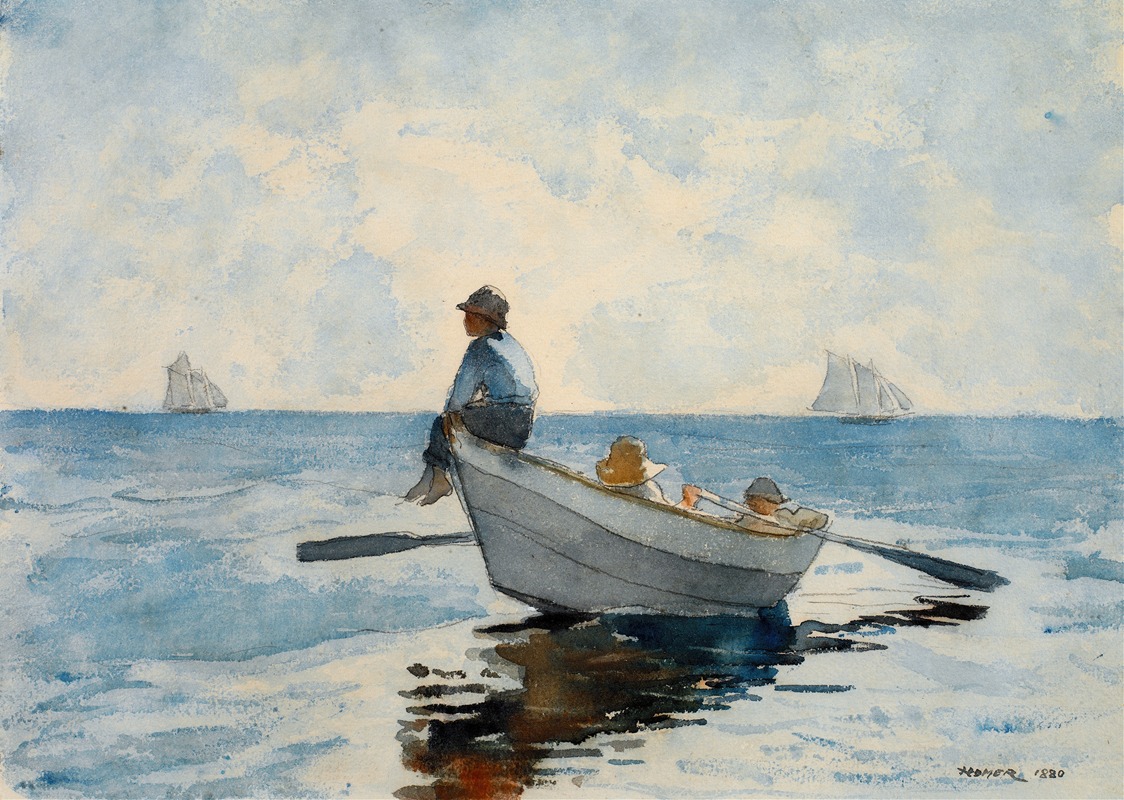
Boys in a Dory
A hand-painted replica of Winslow Homer’s masterpiece Boys in a Dory, meticulously crafted by professional artists to capture the true essence of the original. Each piece is created with museum-quality canvas and rare mineral pigments, carefully painted by experienced artists with delicate brushstrokes and rich, layered colors to perfectly recreate the texture of the original artwork. Unlike machine-printed reproductions, this hand-painted version brings the painting to life, infused with the artist’s emotions and skill in every stroke. Whether for personal collection or home decoration, it instantly elevates the artistic atmosphere of any space.
Winslow Homer, an American artist renowned for his marine subjects, painted "Boys in a Dory" in 1873. This work is a part of Homer's exploration of everyday life and his keen interest in the relationship between humans and the sea. The painting depicts two boys in a small boat, known as a dory, which is a lightweight, shallow-draft boat with high sides, a flat bottom, and sharp bows. Dories were commonly used for fishing and other maritime activities in the 19th century, particularly in the northeastern United States, where Homer spent much of his time.
"Boys in a Dory" is executed in watercolor, a medium that Homer mastered and used extensively throughout his career. His adept use of watercolor allowed him to capture the fluidity and transparency of water, as well as the play of light and shadow on the sea's surface. The painting showcases Homer's skill in rendering the natural environment with a sense of immediacy and vitality.
The composition of "Boys in a Dory" is simple yet effective. The boys are positioned in the center of the painting, with the dory cutting through the water. The background is minimal, focusing the viewer's attention on the figures and their interaction with the boat and water. This simplicity is characteristic of Homer's style, which often emphasizes the subject matter without unnecessary embellishment.
Homer's choice of subject reflects his interest in the themes of youth, labor, and the connection between people and nature. The boys in the painting are engaged in an activity that was common for young people in coastal communities, highlighting the role of the sea in daily life. This focus on ordinary people and their experiences is a hallmark of Homer's work, which often portrays scenes of rural and maritime life with authenticity and respect.
The painting is part of a larger body of work that Homer created during his time in Gloucester, Massachusetts, a fishing town that provided him with ample inspiration for his marine paintings. During this period, Homer produced numerous watercolors and oil paintings that depict the lives of fishermen, their families, and the coastal landscape.
"Boys in a Dory" is an example of Homer's ability to convey a sense of place and atmosphere through his art. The painting captures the essence of a moment on the water, with the boys' expressions and the movement of the dory suggesting both the challenges and the pleasures of life at sea. Homer's work in this period is noted for its realism and attention to detail, qualities that have contributed to his reputation as one of America's foremost painters of the 19th century.
Today, "Boys in a Dory" is appreciated not only for its artistic merit but also for its historical significance, offering insight into the maritime culture of the time. Winslow Homer's paintings continue to be celebrated for their technical skill, emotional depth, and ability to capture the spirit of American life.





